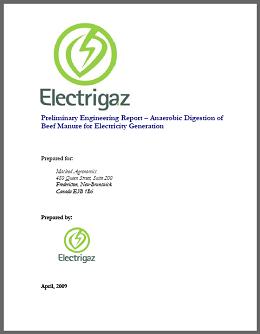
The Scottish Government is seeking advice on the future of the region’s publicly-owned water utility.
Following the withdrawal of a bill that would have transformed Scottish Water into a renewable electricity generator, the Government now wants to consult with communities and the public on how the utility could best exploit its expertise and assets.
The Government still wants to look at a range of possible options for Scottish Water, including converting redundant treatment works into recycling facilities, upgrading sewage treatment plants to harvest biogas, installing hydro schemes in reservoirs and building wind farms on its land.
“Scottish Water… has the potential to play a greater role in the development of a low carbon economy and grow from a successful utility to become a widely based, dynamic, world-leading water organisation,” says Stewart Stevenson, Minister for Transport, Infrastructure and Climate Change.
The utility has the assets to generate enough renewable energy to meet its own needs and export to the grid, he says.
“Our consultation will seek views on the best ways of ensuring Scottish Water is able to take on additional functions and develop new commercial opportunities,” he adds.
Read more :
http://www.energyefficiencynews.com/power-generation/i/3628/











